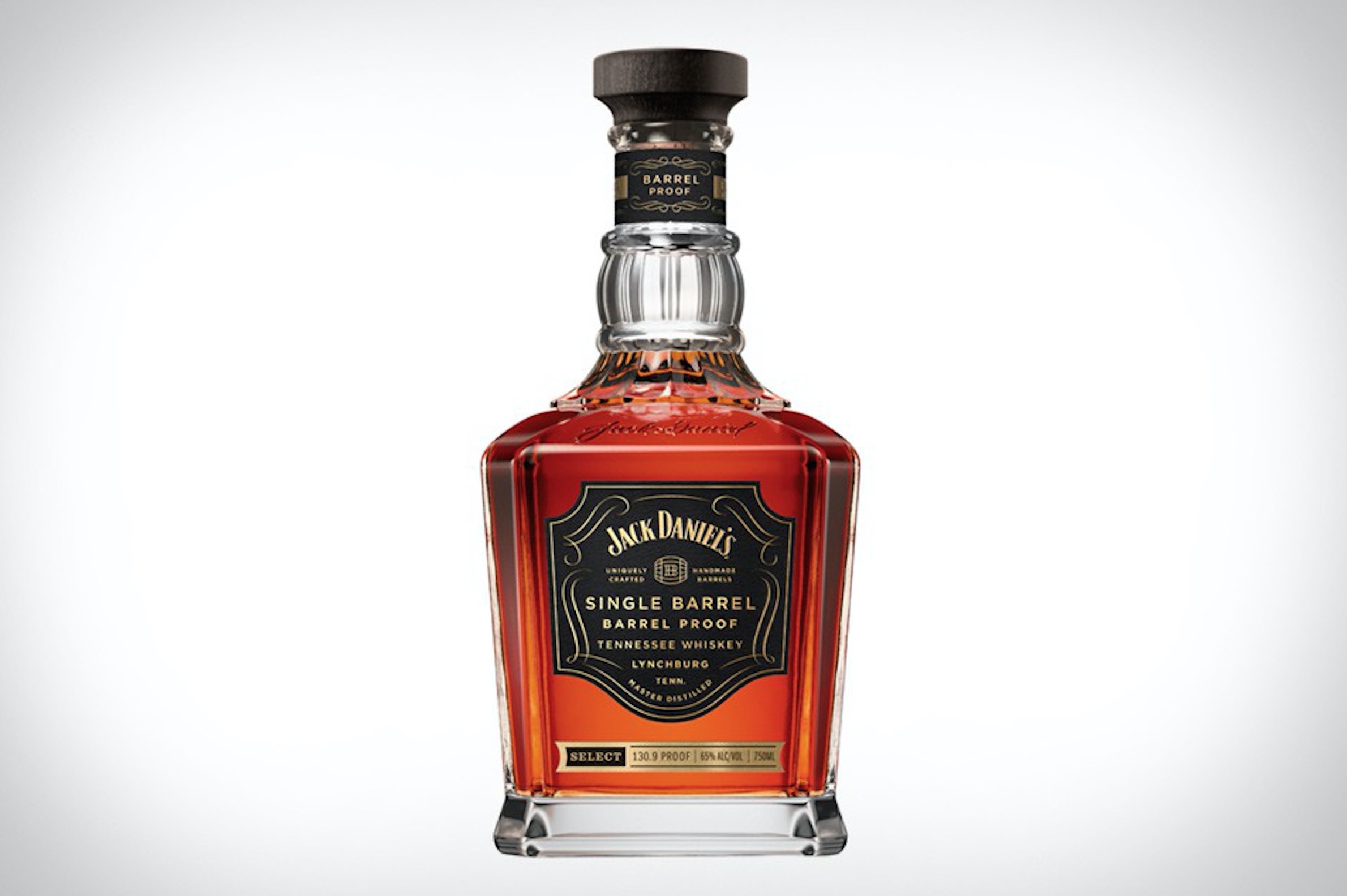Jack Poker This Is Us
Welcome! Meredith collects data to deliver the best content, services, and personalized digital ads. We partner with third party advertisers, who may use tracking technologies to collect information about your activity on sites and applications across devices, both on our sites and across the Internet.
You always have the choice to experience our sites without personalized advertising based on your web browsing activity by visiting the DAA's Consumer Choice page, the NAI's website, and/or the EU online choices page, from each of your browsers or devices. To avoid personalized advertising based on your mobile app activity, you can install the DAA's AppChoices app here. You can find much more information about your privacy choices in our privacy policy. You can make a Data Subject Request at any time. Even if you choose not to have your activity tracked by third parties for advertising services, you will still see non-personalized ads on our site.
Mar 14, 2017 Tonight on NBC their new honest & provocative dramedy series This Is Us airs with an all-new Tuesday, March 14, 2017, finale episode and we have your This Is Us Recap below. On tonight’s This Is Us season 1 episode 18 finale, as per the NBC synopsis, “In the first-season finale, Jack heads to Cleveland to make things right with Rebecca on the night of her first big gig with the band.
By clicking continue below and using our sites or applications, you agree that we and our third party advertisers can:
- transfer your personal data to the United States or other countries, and
- process your personal data to serve you with personalized ads, subject to your choices as described above and in our privacy policy.
A jack or knave is a playing card which, in traditional French and English decks, pictures a man in the traditional or historic aristocratic or courtier dress, generally associated with Europe of the 16th or 17th century. The usual rank of a jack, within its suit, plays as if it was an 11 (that is, between the 10 and the queen). As the lowest face (or 'court') card, the jack often represents a minimum standard — for example, many poker games require a minimum hand of a pair of jacks ('jacks or better') in order to continue play.
History[edit]
The earliest predecessor of the knave was the thānī nā'ib (second or under-deputy) in the Mamluk card deck. This was the lowest of the three court cards and like all court cards was depicted through abstract art or calligraphy. When brought over to Italy and Spain, the thānī nā'ib was made into an infantry soldier or page ranking below the knight card. In France, where the card was called the valet, the queen was inserted between the king and knight. The knight was subsequently dropped out of non-Tarot decks leaving the valet directly under the queen. The king-queen-valet format then made its way into England.
As early as the mid-16th century the card was known in England as the knave (meaning a male servant of royalty). Although jack was in common usage to designate the knave, the term became more entrenched when, in 1864,[1] American cardmaker Samuel Hart published a deck using 'J' instead of 'Kn' to designate the lowest-ranking court card. The knave card had been called a jack as part of the terminology of the game All Fours since the 17th century, but this usage was considered common or low class. However, because the card abbreviation for knave was so close to that of the king ('Kn' versus 'K'), the two were easily confused. This confusion was even more pronounced after the markings indicating suits and rankings were moved to the corners of the card, a move which enabled players to 'fan' a hand of cards without obscuring the individual suits and ranks. The earliest deck known of this type is from 1693, but such positioning did not become widespread until reintroduced by Hart in 1864, together with the knave-to-jack change. Books of card games published in the third quarter of the 19th century still referred to the 'knave' however, a term that is still recognized in the United Kingdom. (Note the exclamation by Estella in Charles Dickens's novel Great Expectations: 'He calls the knaves, jacks, this boy!')
Representations[edit]
Jack Poker This Is Us Youtube
In the English pattern,[2] the jack and the other face cards represent no one in particular,[3] in contrast to the historical French practice, in which each court card is said to represent a particular historical or mythological personage. The valets in the Paris pattern have traditionally been associated with such figures as Ogier the Dane (a knight of Charlemagne and legendary hero of the chansons de geste) for the jack of spades;[4]La Hire (French warrior) for the Jack of Hearts; Hector (mythological hero of the Iliad) for the jack of diamonds; and Lancelot or Judas Maccabeus for the jack of clubs.[5][6]
Jack Poker This Is Us Game
In some southern Italian decks, there are androgynous knaves that are sometimes referred to as maids. In the Sicilian Tarot deck, the knaves are unambiguously female and are also known as maids.[7] As this deck also includes queens, it is the only traditional set to survive into modern times with two ranks of female face cards. This pack may have been influenced by the obsolete Portuguese deck which also had female knaves. The modern Mexican pattern also has female knaves.[8]
Poetry[edit]

The figure of the jack has been used in many literary works throughout history. Among these is one by 17th-century English writer Samuel Rowlands. The Four Knaves is a series of Satirical Tracts, with Introduction and Notes by E. F. Rimbault, upon the subject of playing cards. His 'The Knave of Clubbs: Tis Merry When Knaves Meet' was first published in 1600, then again in 1609 and 1611. In accordance with a promise at the end of this book, Rowlands went on with his series of Knaves, and in 1612 wrote 'The Knave of Harts: Haile Fellowe, Well Meet', where his 'Supplication to Card-Makers' appears,[9] thought to have been written to the English manufacturers who copied to the English decks the court figures created by the French.
Example cards[edit]
This Is Us Jack Damon

The cards shown here are from a Paris pattern deck (where the rank is known as the 'valet'), and include the historical and mythological names associated with them. The English pattern of the jacks can be seen in the photo at the top of the article.
Jack of spades: Ogier
Jack of hearts: La Hire
Jack of diamonds: Hector
Jack of clubs: Lancelot
Trickster figure[edit]
The jack, traditionally the lowest face card, has often been promoted to a higher or the highest position in the traditional ranking of cards, where the ace or king generally occupied the first rank. This is seen in the earliest known European card games, such as Karnöffel, as well as in more recent ones such as Euchre. Games with such promotion include:
See also[edit]
- 'The Jack', a song by AC/DC, in which the playing card is a metaphor for a sexually transmitted disease
- The Knave of Hearts, a character in Lewis Carroll's Alice's Adventures in Wonderland
- The Jack of Diamonds, a group of artists founded in 1909 in Moscow
- 'Jack of Diamonds', a traditional folk song
- Jack of Diamonds, the title used by George de Sand in the 1994 anime Mobile Fighter G Gundam
- Knave of Hearts, a 1954 film directed by René Clément
- The Jack of Hearts (Jack Hart), a Marvel Comics superhero
- The Jack of Hearts, a 1919 short Western film
- 'Lily, Rosemary and the Jack of Hearts', a song by Bob Dylan
- Pub (trans. The Jack), an album by Đorđe Balašević.
- King, Queen, Knave, a novel by Vladimir Nabokov first published in Russian under his pen name, V. Sirin
References[edit]
| Wikimedia Commons has media related to Jacks (playing cards). |
- ^Encyclopedia of Play in Today's Society, p. 290, Rodney P. Carlisle - Sage Publications INC 2009 ISBN1-4129-6670-1
- ^English pattern at the International Playing-Card Society. Retrieved 26 January 2016.
- ^Berry, John. (1998). 'Frequently asked questions'. The Playing-Card. Vol. 27-2. pp. 43-45.
- ^Games and Fun with Playing Cards by Joseph Leeming on Google Books
- ^The Four King Truth at the Urban Legends Reference Pages
- ^Courts on playing cards, by David Madore, with illustrations of the English and French court cards
- ^Tarocco Siciliano, early form at the International Playing-Card Society. Retrieved 26 January 2016.
- ^Scotoni, Ralph. Mexican Pattern at Alta Carta. Retrieved 26 January 2016.
- ^The Knave of Harts: Haile Fellowe, Well Meet, where his Supplication to Card-Makers by Samuel Rowlands (1600)
Good card-makers (if there be any goodness in you), Apparrell us with more respected care,
Put us in hats, our caps are worne thread-bare, Let us have standing collers, in the fashion;